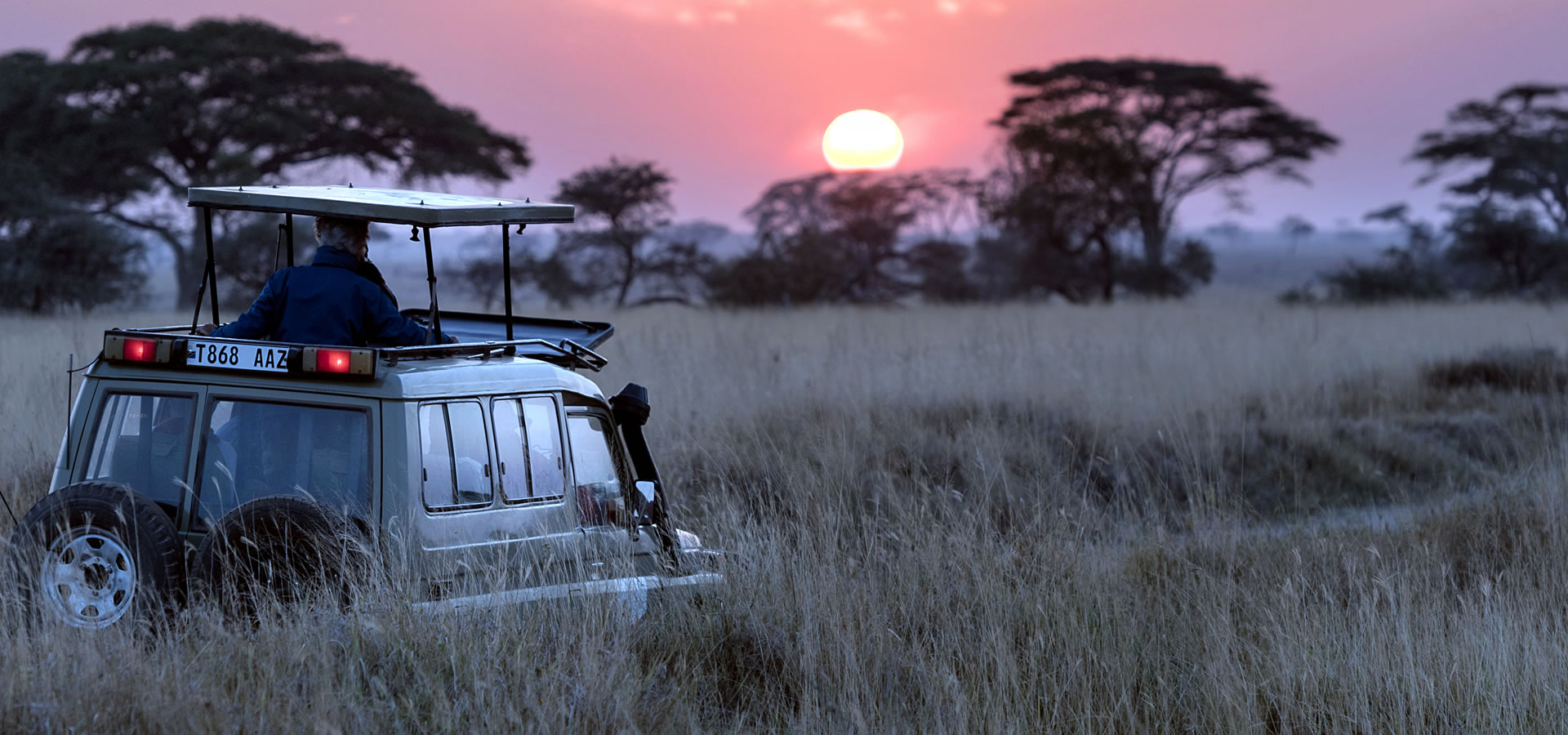
Safaris
For a number of years, Martin has been making safari dreams come true. The reality of being 15 yards from a herd of elephants or having lions literally brush past your vehicle is something never to be forgotten. Your safari will be filled with many magical moments – you will laugh, cry and you will most probably fall in love with this most magnificent environment.
Our exclusive camp is in the northern conservancy of the Masai Mara. It is a small, 12 bed luxury seasonal camp on the shady banks of the Olare Orok river. Hearty English breakfasts are provided along with light lunches and sumptuous four course evening dinners. These are all inclusive safaris which include all game drives, food and drinks. At the end of the day you will enjoy ‘sundowners’ – watching the sun set over the hills of Tanzania with a gin and tonic – or whatever your favourite tipple may be – in hand is a truly unforgettable experience.
All safaris are arranged via an experienced and established company and can be customised to cater for individual needs and requirements.
Kenya
Big Game... Rolling Plains
Click HERE for the latest details...
The Masai Mara, perhaps the world’s most famous wildlife area, lies at an elevation of around 5,500 feet and is one of the few areas left in Africa where animals can be seen in the large numbers that existed a hundred years ago. The predominantly open grassland plains are dotted with trees and thickets, and incised with forested drainage lines and a couple of rivers which flow, or hold water, throughout the year (Mara River and Talek). The drier parts of the region have a few thickets of acacia woodland and whistling thorn.
The diverse habitat enables many different species to co-exist: elephant, black rhino, Masai giraffe, Cape buffalo, eland, Burchell’s zebra, topi, Coke’s hartebeest, wildebeest, waterbuck, impala, Thomson’s gazelle, reedbuck, lion, leopard, cheetah, hyaena, jackal, genet, civet and serval, hippo, crocodile, baboon, vervet monkey, warthog, various mongoose species, and many more (we would be particularly interested to hear if you see roan antelope or oribi).
During July to October, the Mara is home to the famous wildebeest migration which is accompanied by large numbers of zebra. Over 500 bird species have been recorded in the area, including Denham’s bustard, Temminck’s courser, yellow throated longclaw and grouse, Usambiro barbet, saddle-billed stork and Gabon nightjar. Some 50 of the bird species are raptors; the large martial eagle even preys on small antelope. To the north of the National Reserve lie the communal lands of the Maasai people some of which are now incorporated into four exclusive conservancies – Mara North, OlareOrok/Motorogi, Naboisho and Ol Kinyei.
These conservancies are a self-funded partnership between a few tourism partners (running camps and lodges) and the local communities, guaranteeing an annual income for every land owner in a transparent and well managed way. This has resulted in these conservancies offering a very exclusive wildlife viewing experience – the Olare, Kinyei and Naboisho in particular have very low bed/acre densities. The managed land use still allows the wildlife to mix freely with the local Maasai people, who can often be seen tending their livestock. They are a very proud people and an integral part of the landscape.
Future safaris and itineraries are currently being organised, so please watch this page for all the latest details!
Click HERE for the latest details...

